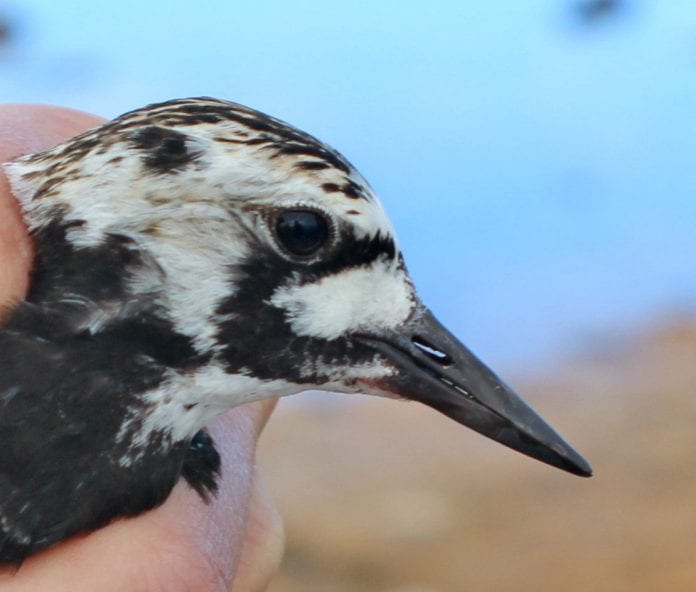
The 2018 Copper River Delta Shorebird Festival, May 3-6, will host hundreds of thousands of migrant shorebirds along our Cordova shorelines. Come ‘Discover the Magic of Migration’ from speakers working along the Pacific Flyway and learn about sea bird conservation from our keynote speaker, Stephen Kress, vice-president for bird conservation for the National Audubon Society, and director of the Audubon Seabird Restoration Program, as well as Hog Island Aububon Camp.
Kress is the founder of Project Puffin and manages nesting sites for over 43,000 colonial seabirds on the coast of Maine. He will share stories of seabird conservation and highlight lessons learned from puffins applicable to bird conservation worldwide.

Photo by Kevin Young/for The Cordova Times
The Copper River Delta is the largest continuous wetland on the Pacific coast of North America and is an essential part of the western hemisphere’s superhighway for millions of migrating shorebirds. Shorebirds, barely the weight of a slice of bread, make their way north flying over 2,000 miles in a few short weeks. Some shorebirds coming through the Copper River Delta this spring will have travelled from as far south as the very southern tip of South America along the Pacific Flyway. In order to make the long journey shorebirds depend on stopover sites like the Copper River Delta that provide sufficient space and food available to fuel their flights. Audubon has designated the Copper River Delta as an Important Bird Area and it is also recognized as being of hemispheric importance protected under the Western Hemisphere Shorebird Reserve Network. There is no doubt that the Copper River Delta is a coastal wetland to be celebrated.
Alaska plays a crucial role not only for migration but for breeding shorebirds as well. Seventy-five percent of the 49 species of shorebirds that migrate to North America during summer are breeding within the state. Breeding season is very short, and shorebirds establish nest sites in June, lay four large eggs, incubate up to 26 days, and their young grow and learn to fly before the tundra starts to get cold in August. The study of migrating and breeding birds has captivated many backyard birders, naturalists and research scientists.
This year the Copper River Delta Shorebird Festival has a full panel of speakers guiding guests on a journey from Central & South America to the western reaches of coastal Alaska.
In addition to Kress, join hummingbird researcher Kate McLaughlin as she discusses her work in Alaska and discoveries from these small iconic migrants. Yenifer Díaz of Panama Audubon and Diana Eusse from Asociacion Calidris, of Cali, Colombia make the migration north to discuss the importance of wetlands along the Pacific Flyway as birds migrate north and south across continents. Kristine Sowl joins the festival from the Yukon Delta National Wildlife Refuge in western Alaska, where many shorebirds are headed after their integral stopover on the rich mudflats of the Copper River Delta.
Additional information about the Cordova Shorebird Festival and festival schedule can be found at http://www.copperriverdeltashorebirdfestival.com/events/.













